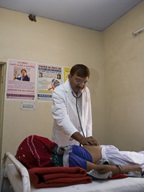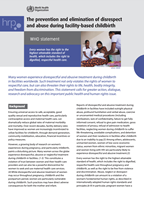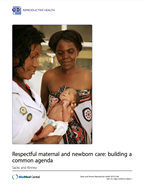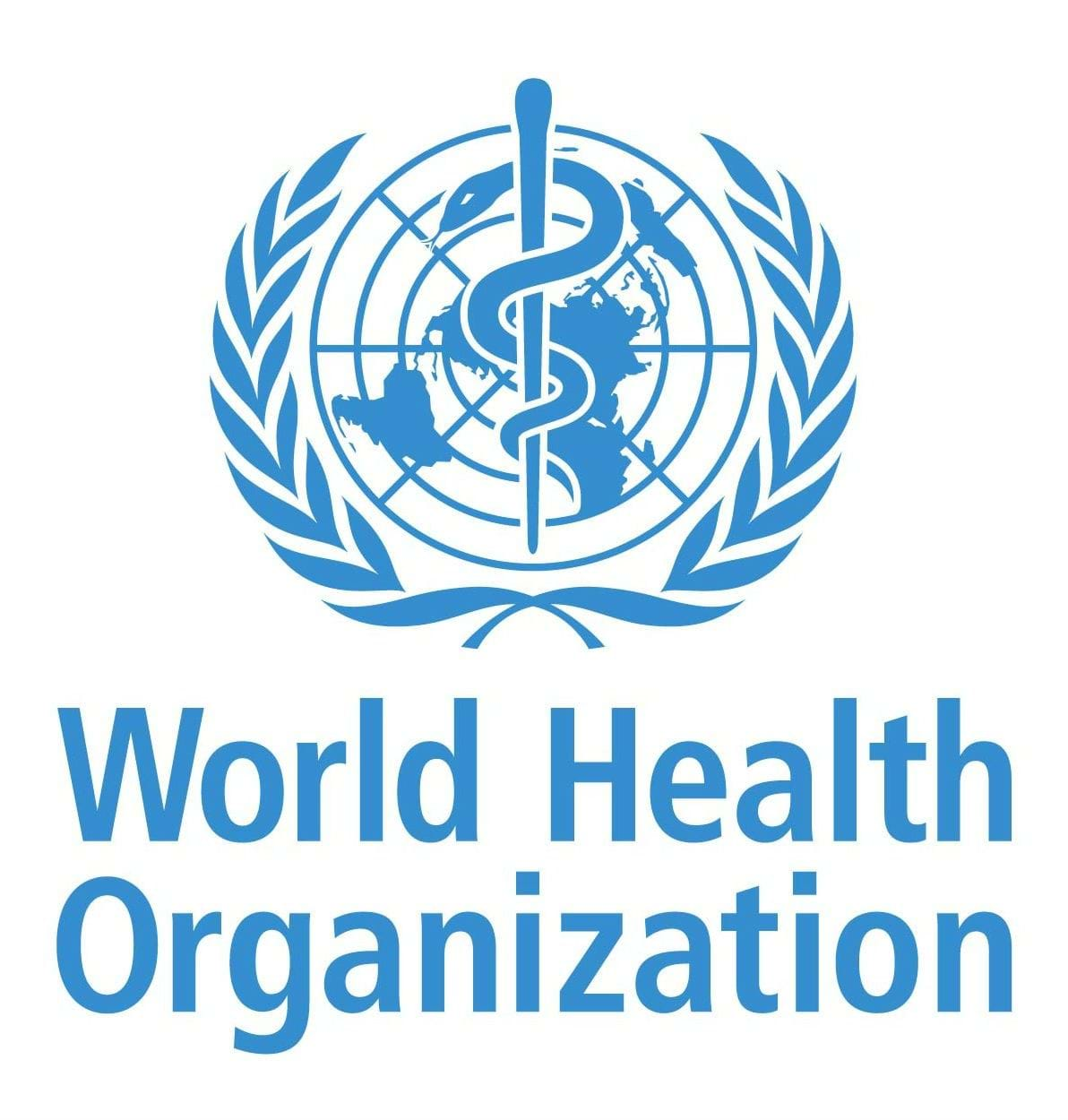Expectations and rights of bereaved parents
Information Brief: Advocacy Basics
- Advocacy is a process by which you attempt to gain acknowledgement, understanding and respect from others regarding your rights, preferences and entitlements, and then try to persuade them to change their minds and support your position or point of view.
- It can take place in many contexts, both formal and informal.
- It involves promoting the interests or cause of someone or a group of people, towards other groups or people whose viewpoints or decisions affect your position. In other words, advocacy means raising voices to make a change.
- Advocacy does not need to be confrontational. Of course, there are times when you may need to assert your rights more forcefully or even seek the help of a professional advocate.
Information Brief: Types of Advocacy
- There are different types of advocacy depending on the goals and needs of the group or individual, each representing a different approach to working for changes at the hospital, community, family or neighborhood level.
- There are different ways to categorize advocacy strategies. The choice of an advocacy strategy can be influenced by what and to whom you are trying to advocate, as well as by your personality and preferences.
- Informal advocacy strategies involve addressing your challenges and desired changes with the person or organization with whom you have a difference of opinion.
- Formal advocacy strategies generally involve bringing in an outside decision-maker such as court action or agency complaint processes.
- Self-advocacy refers to an individual’s ability to effectively communicate his or her own interests, desires, needs and rights in order to make change. It entails:
- understanding your strengths and needs
- identifying your personal goals
- knowing your legal rights and responsibilities
- communicating your position to others.
- Self-advocacy is speaking up for oneself. It is important to bear in mind, however, that our opinions might be different from those of other individuals, so it is important to be aware that what you advocate for might not be important for a fellow bereaved parent (or might contradict their experience or preferences).
- Group advocacy involves an organized group of people with shared experiences, positions or values coming together to talk and listen to each other and speak up collectively about issues that are important to them in order to make change, for instance through influencing public opinion and/or policy.
Information Brief: Why is advocacy important for stillbirth?
- As you have seen in earlier modules, and as you know from your personal experience, stillbirth is unfortunately a common outcome of pregnancy in Kenya, with many adverse effects on bereaved parents. At the same time, bereaved parents have certain rights, preferences and expectations related to bereavement care after stillbirth, some of which are mentioned in Module 3. Yet you also may know from your own experience that you, or other bereaved parents, may not always receive these types of respectful bereavement care.
- Sometimes we assume that society (our family, friends and community leaders) and health providers should know how best to support the bereaved parent, while in hindsight they just don’t know how to. Their way of support—or whether they offer support at all—is influenced by society, culture and their personal experiences, the training they have received (or not), and policies and practices in their workplace or clinic.
- Therefore, while we may think our concerns and expectations related to the stillbirth of our baby are, or should be, obvious, frequently that is not the case.
- Further, you may have experienced clinicians or community members speaking about stillbirth as if it is inevitable. This fatalism on the part of many people about the preventability of stillbirth can also affect the care that women and families receive.
- Advocacy is an essential tool both to help ensure respectful bereavement care and to work toward stillbirth prevention.
- For example, a work colleague may offer support after stillbirth in her own way, using her own words, but this may end up being insensitive to you, e.g., “Don’t worry, you can always have another baby”. In this situation, you could say to your colleague that “I think you mean to be supportive, but I miss the baby I just had, and even if I have another, she or he will not replace this one”.
- It is okay to communicate your concerns and your desired solutions. This is a form of self-advocacy. It can be a challenge to practice self-advocacy, though, because of fear of intimidation or due to our different personalities. You could advocate for better bereavement support by organizing peer support groups at your local hospital to support parents bereaved by stillbirth or to encourage the hospital to provide referrals to bereaved parents for psychological services whenever the need arises.
- You could partner with healthcare providers to organize seminars for expectant mothers to learn about pregnancy health, labor signs and danger signs to watch out for, to advocate for a healthy pregnancy and the importance of antenatal care.
- These are forms of group advocacy aimed at both bereavement support and stillbirth prevention.
- Advocacy that takes place at higher levels such as the national level can sometimes have a much larger impact, because these actions affect multiple areas.
- For example, on the 22nd of July 2021, Senator Sylvia Kasanga, a Kenyan senator, moved a motion on the promotion of mental health facilities for mothers. She said, ‘Women who experience stillbirth and those that lose their children during delivery go through untold pain that predisposes them to mental illness’. This statement represented a great milestone for bereaved parents and families in Kenya, because it encouraged the national government to look into setting up psychological services for bereaved parents.
| You may have a right, preference, or expectation to… | But you may experience some roadblocks … |
|---|---|
| Ask for an autopsy/post-mortem |
|
| Experience compassionate communication |
|
| Receive adequate information about the cause of stillbirth |
|
| Hold your baby and spend some time with him/her |
|
| Create memories, including spending time with your baby, or taking hand and footprints, photos or locks of hair |
|
| Care and support from family, friends, peer groups or professional counselors that can help navigate grief |
|
| Privacy as one experiences the overwhelming emotions of grief and to also minimize interaction with nursing mothers and babies |
|
| Exploring options on how to handle the baby’s body, which will help to support informed decision-making based on preferences and values |
|
DIG DEEPER!
Resources and studies

This document explains the differences in rights, policies and preferences in advocacy work.Learn more

Right of a Parent When a Baby Dies: Choices or Mandates
This paper explains the rights a bereaved parent has at the hospital or facility.Learn more

This charter clarifies and clearly articulates the rights of women and newborns for respectful maternity care within a healthcare setting.Learn more

Respectful care during childbirth in health facilities globally: a qualitative evidence synthesis
This study synthesized data on respectful maternity care from 67 studies in 32 countries, and showed the existence of a wide range of types of care beyond...

Stillbirth: economic and psychosocial consequences
This paper provides a global overview of the financial, emotional and psychosocial costs of stillbirth for women and families.Learn more

The roar behind the silence: why kindness, compassion and respect matter in maternity care
This book acknowledges the challenges faced by health workers in providing quality respectful care, especially related to the culture of fear and blame,...

This commentary lays out the World Health Organization’s principles for quality care, including providing a definition of quality care as safe, effective,...

This report from the Lancet’s Commission on Women and Health Commission calls for valuing, compensating and counting women in health care (both as...

Survival convergence: bringing maternal and newborn health together for 2015 and beyond
This comment provides context to the Lancet’s 2014 Every Newborn series which accompanied the United Nations’ endorsement of the Every Newborn...

Stillbirths: why they matter
This foundational paper was one of the first to lay out the global situation of stillbirths and call for increased attention. It was the first paper in...

This formal statement from the World Health Organization clarifies respectful care during birth as a human right and lays out actions to be taken to address...

This commentary calls attention to the rights of newborns, including newborn babies who are stillborn, to receive dignified respectful care.Learn more

Review and appraisal of the implementation of the Beijing declaration and platform for action and the...
This statement from UN Women details progress on gender equality and empowerment since the 1995 Beijing Conference on Women.Learn more

Community-based intervention packages for reducing maternal and neonatal morbidity and mortality and...
This global review summarized the evidence on interventions for preventing maternal and newborn mortality and morbidity, including stillbirth prevention.Learn...

Women’s groups practicing participatory learning and action to improve maternal and newborn health in...
This review summarized evidence for whether women’s groups are effective in reducing maternal and newborn mortality and morbidity, including stillbirth...

.png?sfvrsn=6d0e27cd_1)



